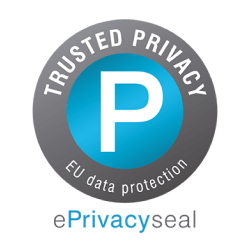Web Personalization
Web personalization is the practice of creating unique experiences for each website visitor based on their behavior, preferences, and context, rather than showing the same content to everyone.
For example, a returning shopper might see a special discount or product recommendation tailored to their previous visits.
Why use Web Personalization?
- Grow conversions by showing real-time product recommendations and custom banners, leading to higher purchase rates and engagement for different user segments.
- Increase customer loyalty by providing returning visitors with personalized content or exclusive offers, encouraging repeat visits and long-term advocacy.
- Automate optimization with dynamic, AI-powered experiences that update automatically, allowing marketing teams to focus on strategy while the website adapts for every visitor and every session.
Web Personalization vs. Email Personalization vs. Omnichannel Personalization
| Web Personalization | Email Personalization | Omnichannel Personalization | |
| Autonomy | On-site and real time | Triggered sends | Cross-channel |
| Context | Browsing history, onsite behaviors | Past interactions | Combined digital+offline |
| Integration | Site content, banners, product lists | Email, SMS tools | Website, app, social, email |
| Learning | AI/ML adapts layouts/offers | Rules, segmentation | Unified profiles for every user |
| Example | Homepage updates for each user | Discount codes via email | See “People Like You” products onsite and in email |
FAQs
Web personalization tailors the online experience for each visitor by dynamically adjusting content such as product recommendations, banners, or navigation based on real-time user behavior. This approach improves engagement and conversion rates. For a comprehensive overview, refer to Insider’s Web Personalization Guide.
Yes. Personalization strategies can increase revenue, engagement, and conversion rates, often delivering double-digit improvements. To learn more, read Personalization at Scale.
A/B testing compares two or more fixed content variations to determine which performs best. Web personalization, on the other hand, delivers dynamic, real-time experiences tailored to each visitor, often using AI or rule-based logic, creating one-to-one interactions at scale.












